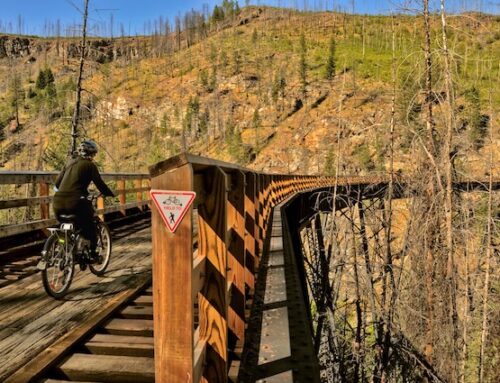Victoria’s Chinatown in the Spring
If you are visiting Victoria, British Columbia you have to check out Chinatown, no matter the season. However, one of the best times is the spring when the blossoms are in bloom. It is spectacular! Victoria’s Chinatown is the oldest in Canada and the 2nd oldest in North America behind San Francisco’s Chinatown. It is Located on Fisgard Street, between Government Street & Store Street, but don’t miss some of the spectacular Chinese heritage buildings in the next block as well.
The History
The discovery of gold in the Fraser Canyon in 1858 led to a sudden surge in immigration into British Columbia from California. About one third of the immigrants were Chinese, and within a year, immigration directly from China began as news of the gold find spread. The gold rush was only one reason why many Chinese citizens immigrated. Famine, drought and war in their homeland also played a role.
Victoria’s Chinatown began as a collection of crude wooden huts and tents, but this rapidly evolved into a dense neighbourhood of businesses, theaters, schools, churches, temples and a hospital. It also gained a dark, seedy reputation because of opium factories, gambling dens and brothels. Chinatown grew steadily over the years until its peak in 1911, at which time it occupied an area of about six city blocks in the north end of downtown Victoria.
Chinatown Today
Victoria’s revitalized Chinatown is a popular destination for tourists as well as for the artistic community. The focus is the 500-600 block of Fisgard Street, including famously narrow Fan Tan Alley, the old Chinese School and a small selection of historic buildings and Chinese businesses. Many historic buildings have been well preserved in Chinatown and also in the larger area it once occupied along Government Street, Herald Street, Store Street, and Pandora Avenue. The modern Chinatown continues to be a key component of Downtown Victoria with many tourist attractions, hotels, grocery stores, bars, restaurants, theaters, services, and shopping areas nearby. The district was designated a National Historic Site of Canada in 1995.

















Leave A Comment